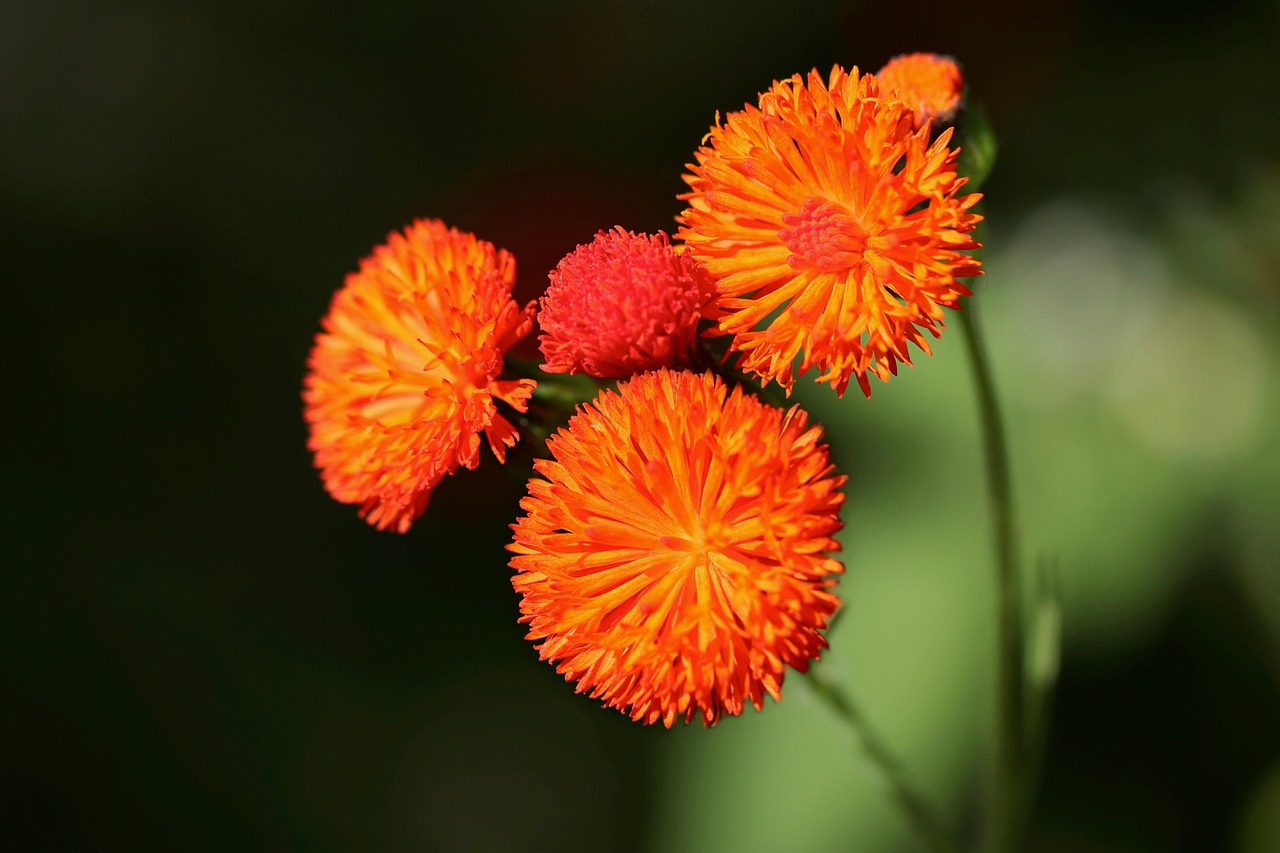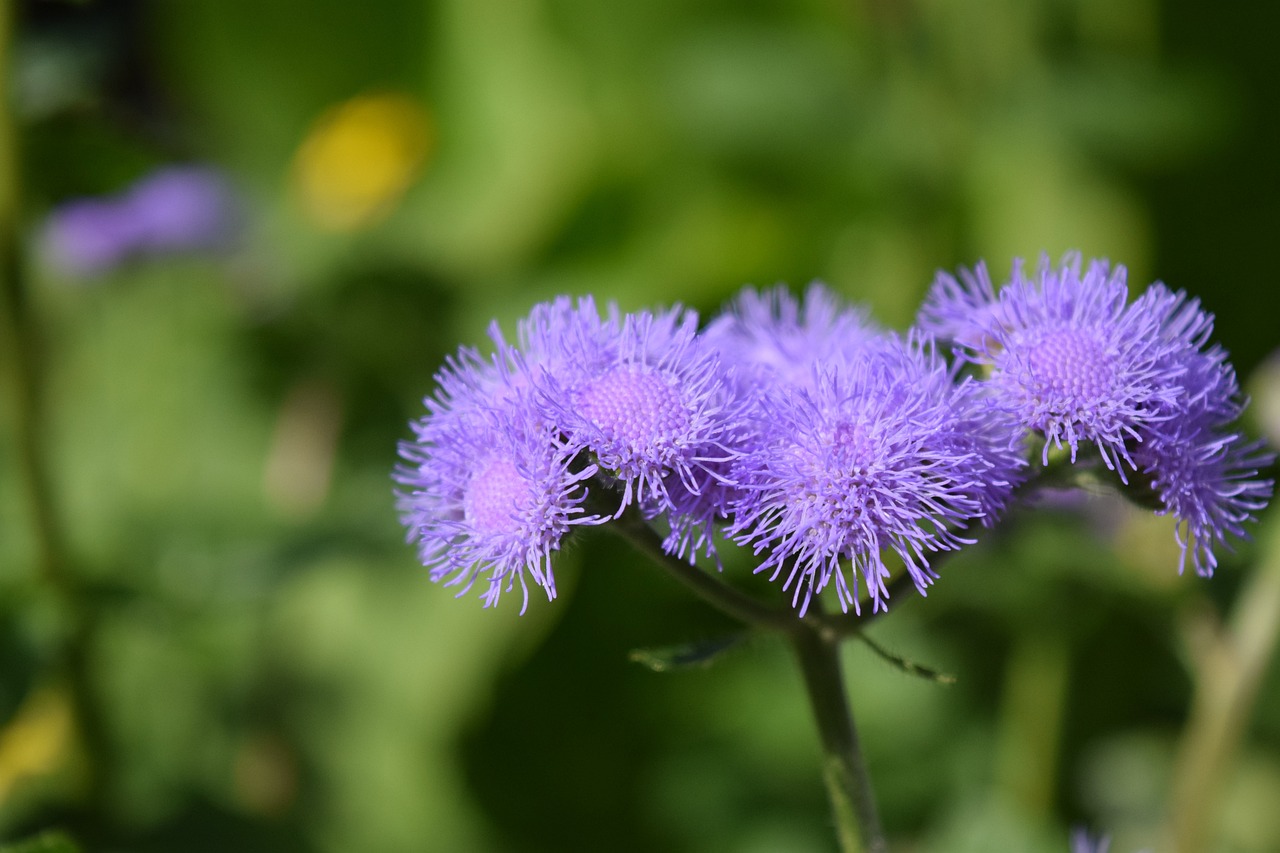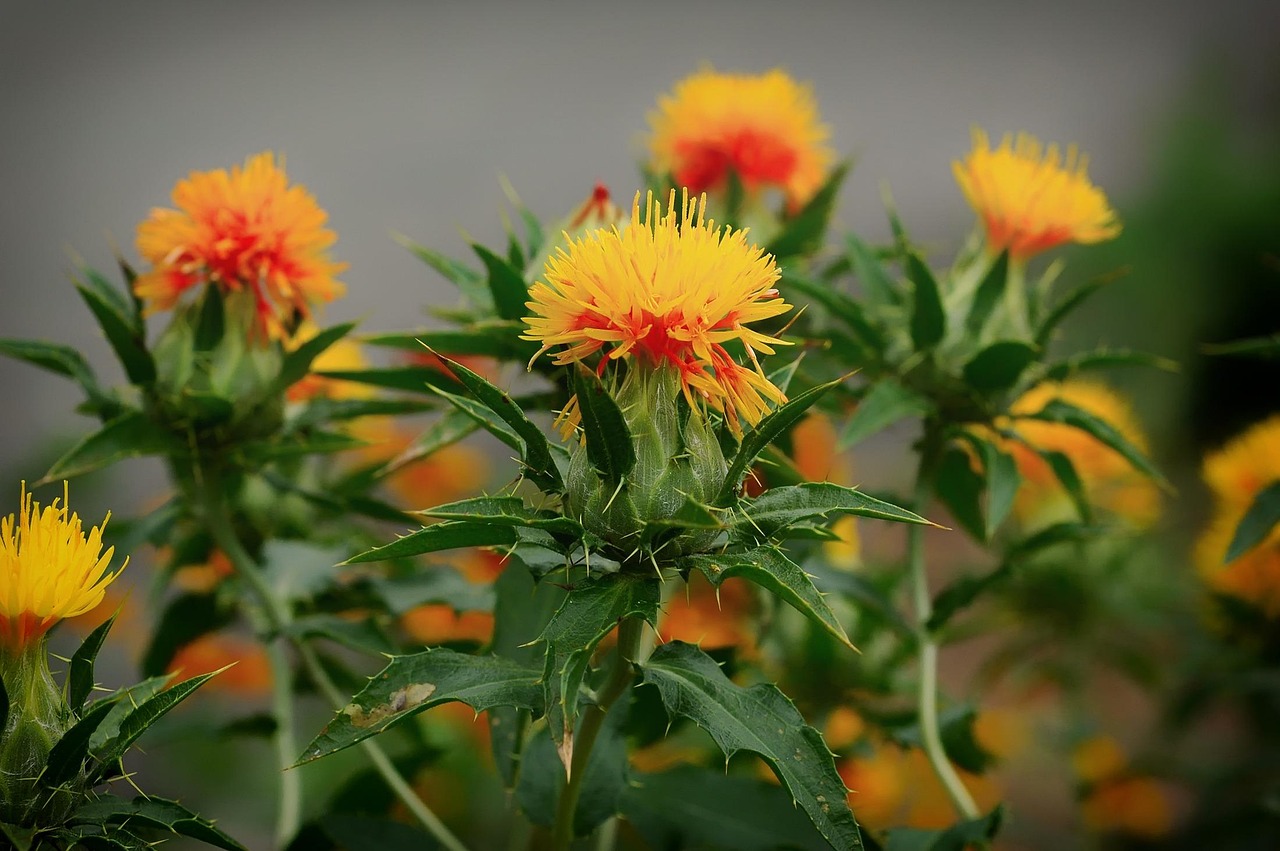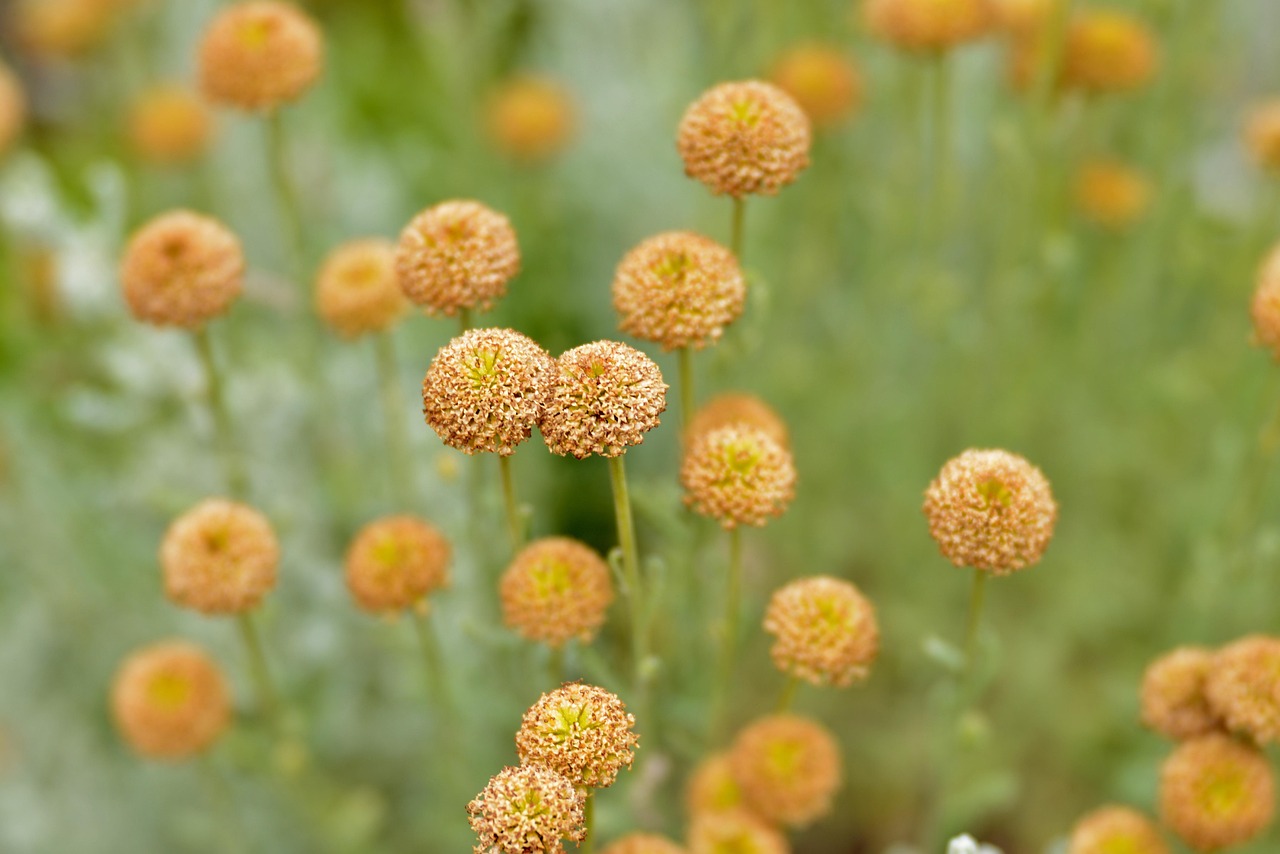Gazania | The Dancer of Colors Embracing the Sun
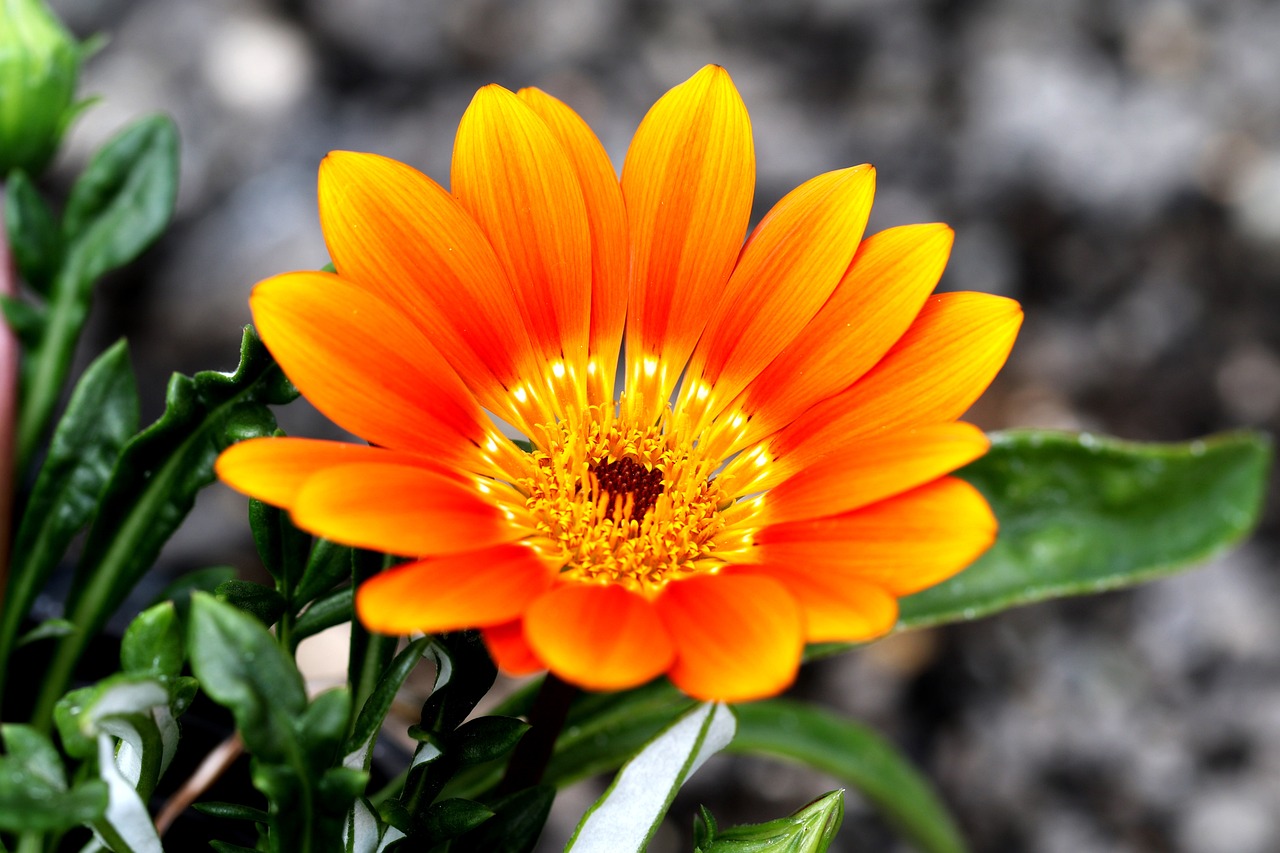
Gazania, with its vivid colors and sun-loving nature, is also called the “Treasure Flower.” It is a popular choice for adding vibrant charm to gardens and flower beds.
This flower opens during the day and closes in the evening or on cloudy days, showing a unique characteristic that makes it appear as though it is closely accompanying the sun.
In this article, I will introduce you to Gazania in detail, from its basic information and cultural background to gardening advice.
Basic Information
- Scientific name: Gazania rigens
- Family: Asteraceae
- Origin: South Africa
- Appearance:
Gazania produces large flowers about 10 cm in diameter. Its petals come in a variety of bright colors such as orange, yellow, red, and pink. The leaves are long and narrow, green on the surface and silvery-white underneath, growing close to the ground. - Blooming season:
From spring to autumn (April to October). The flowers open during sunny days and close when the sun sets.
Cultural Features Around the World
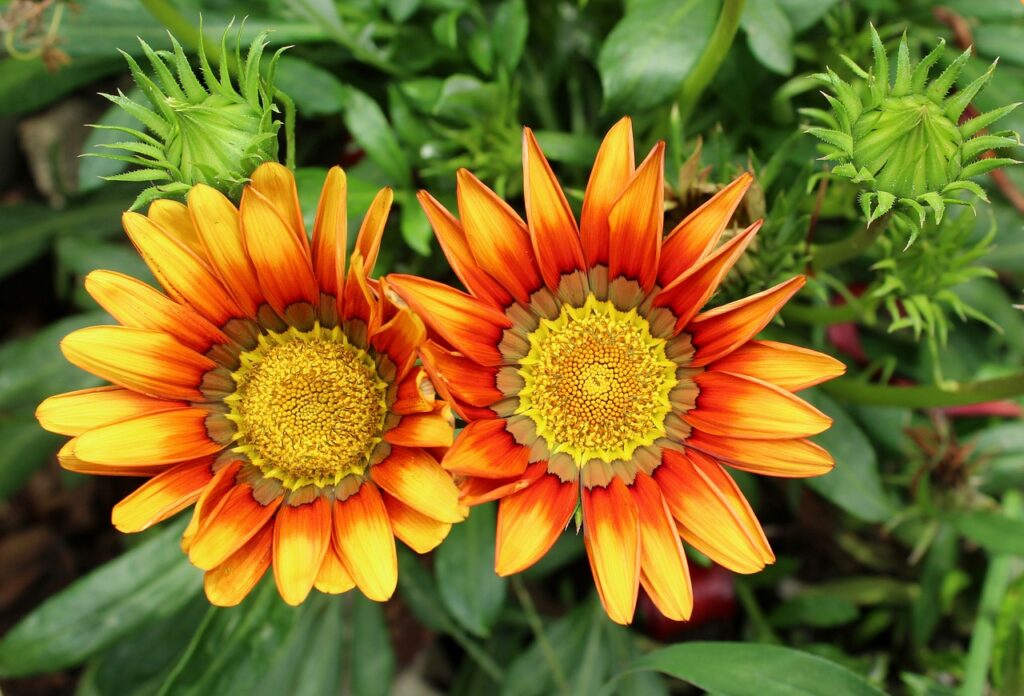
Gazania is often found in dry and sunny regions. Originating from South Africa, it is highly resistant to heat and drought, and it blooms beautifully even in harsh climates.
It is frequently cultivated in gardens, flower beds, and public parks. Its blooming form under the sun is cherished as a “symbol of the sun.”
Historical Episode
The name Gazania was given in honor of Theodorus Gaza, a Greek scholar and theologian of the 15th century.
Introduced to Europe as a plant native to South Africa, it was admired for its drought resistance and vivid colors, and widely adopted in gardens and parks.
In recent years, hybridization has produced more diverse varieties in terms of color and form, making Gazania a favorite flower for gardeners worldwide.
Gardening Advice
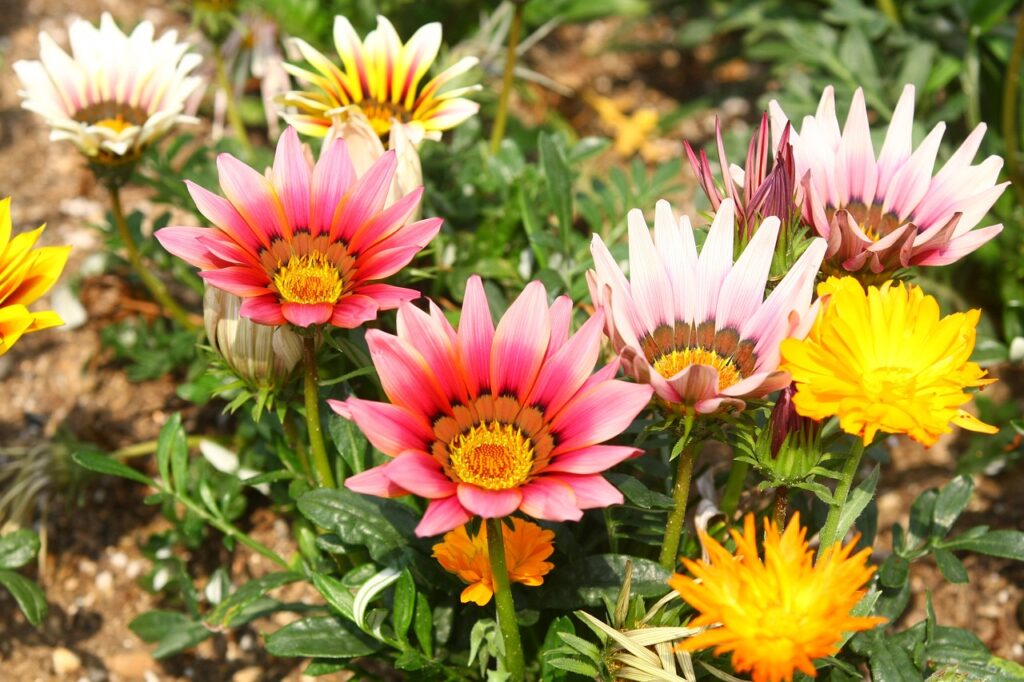
Cultivation Guide
Since Gazania loves sunlight, it is best grown in a sunny location.
It is also drought-tolerant and requires little water, so moderate watering is sufficient. Water only when the surface soil is completely dry. Because it dislikes humidity, well-drained soil is essential.
Deadheading (removing withered flowers) encourages continuous blooming, allowing enjoyment of flowers over a long period.
Environment and Growing Conditions
Gazania can thrive even in sandy or slightly poor soils, making it adaptable to a wide range of conditions. However, as it dislikes excessive moisture, it is ideal to plant it in well-drained soil or pots.
Although it generally needs little fertilizer, applying a small amount of slow-release fertilizer during its growing season helps it grow more vigorously.
From spring to summer, as the flowers bloom abundantly, regular deadheading improves flowering even further.
Conclusion
Gazania, with its heat tolerance and vivid colors, is an excellent plant for adding brightness to gardens and flower beds.
It loves sunlight and requires relatively simple care, making it suitable even for beginner gardeners. I recommend growing Gazania in your garden or balcony, where it will continue to bloom under the strong sun.

